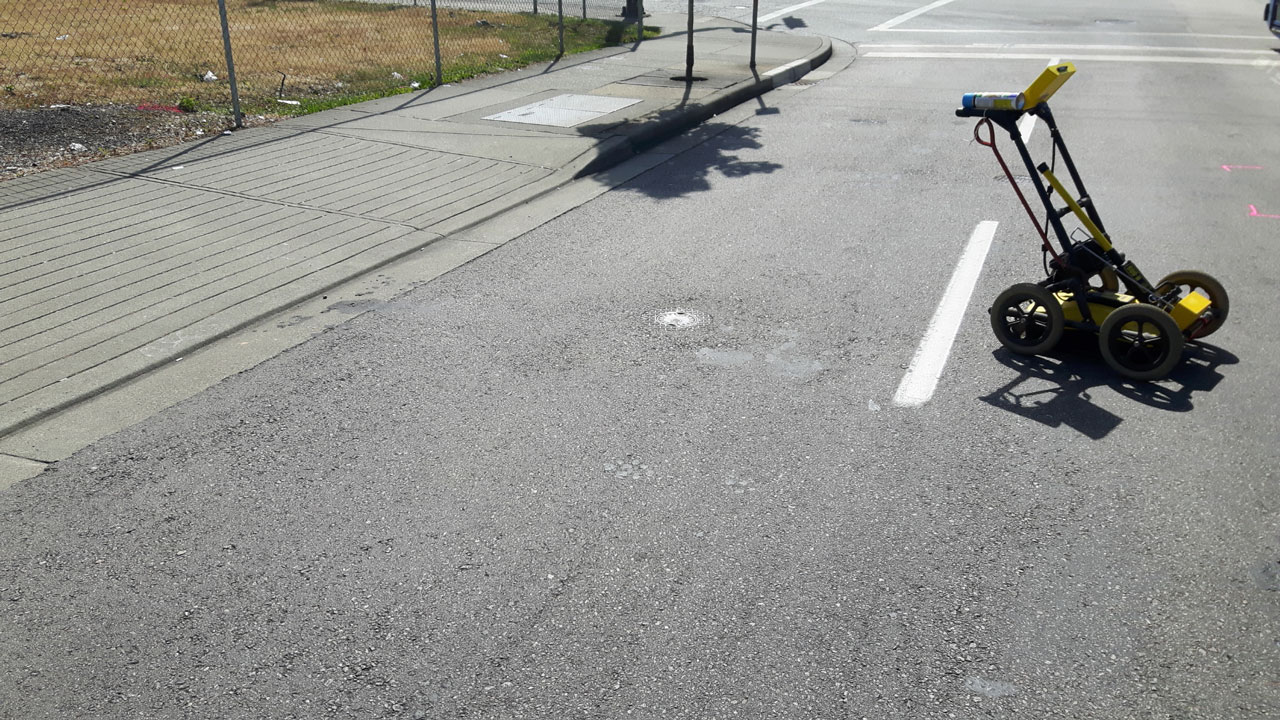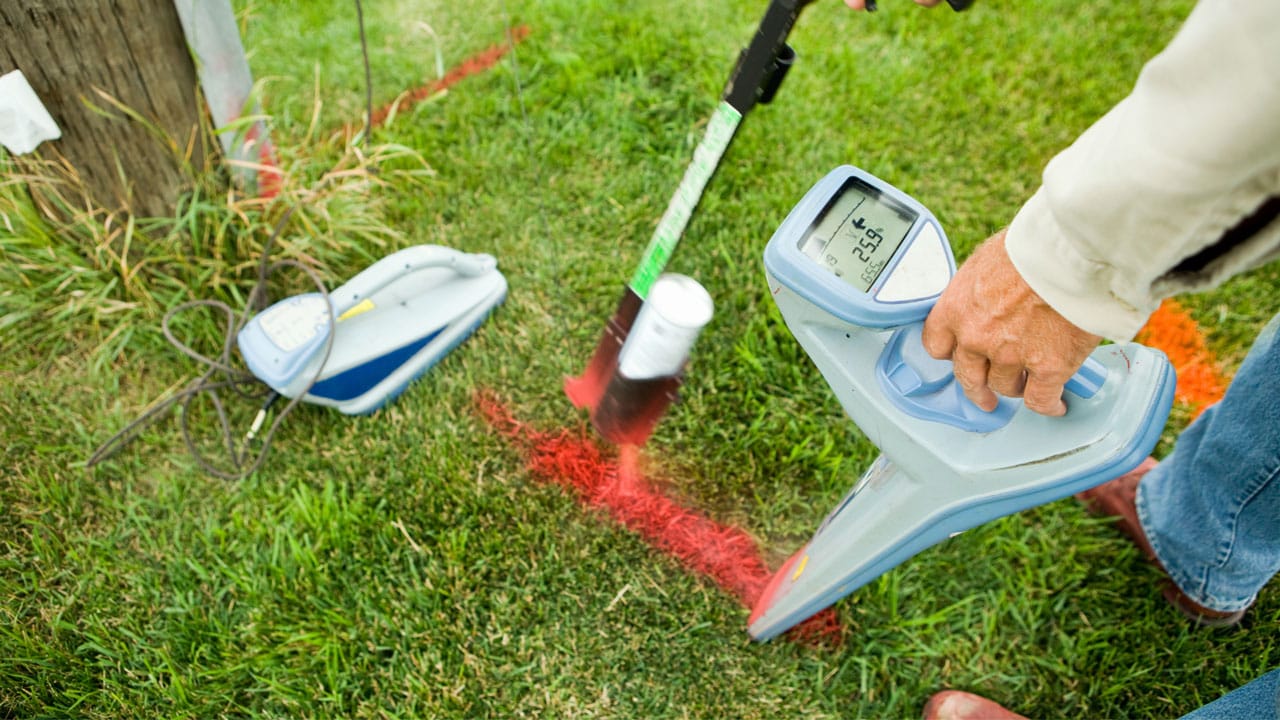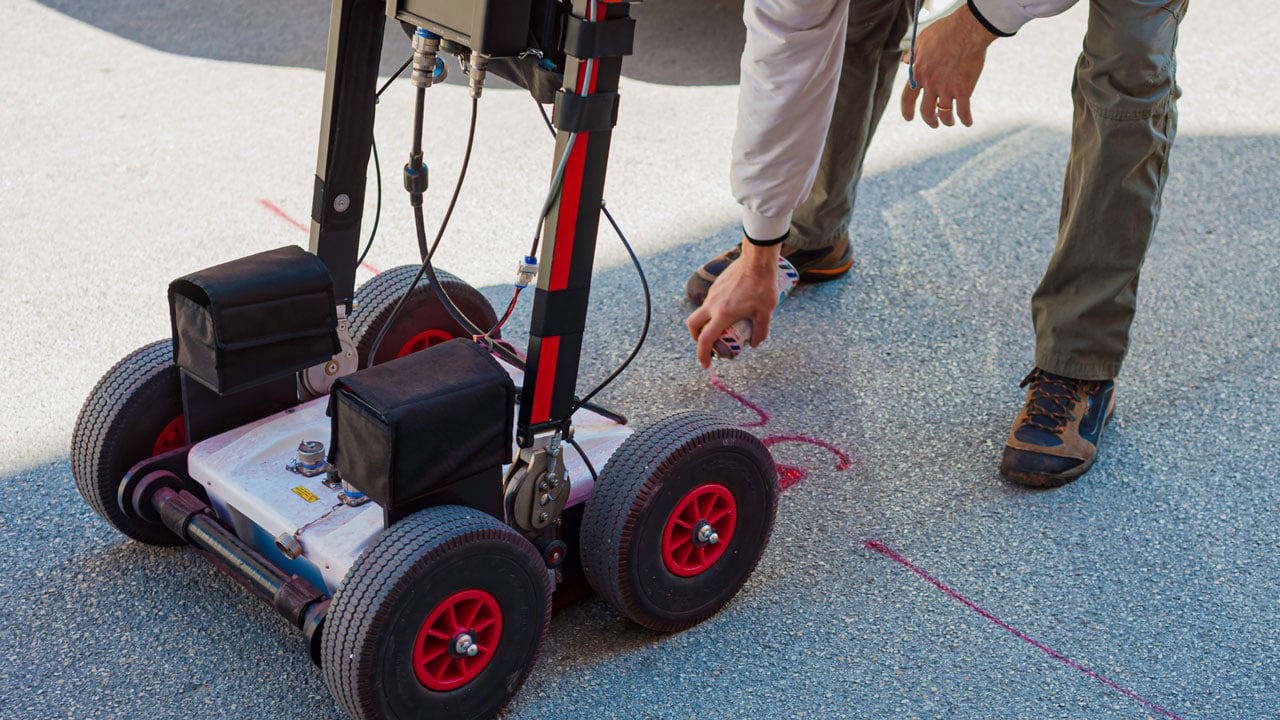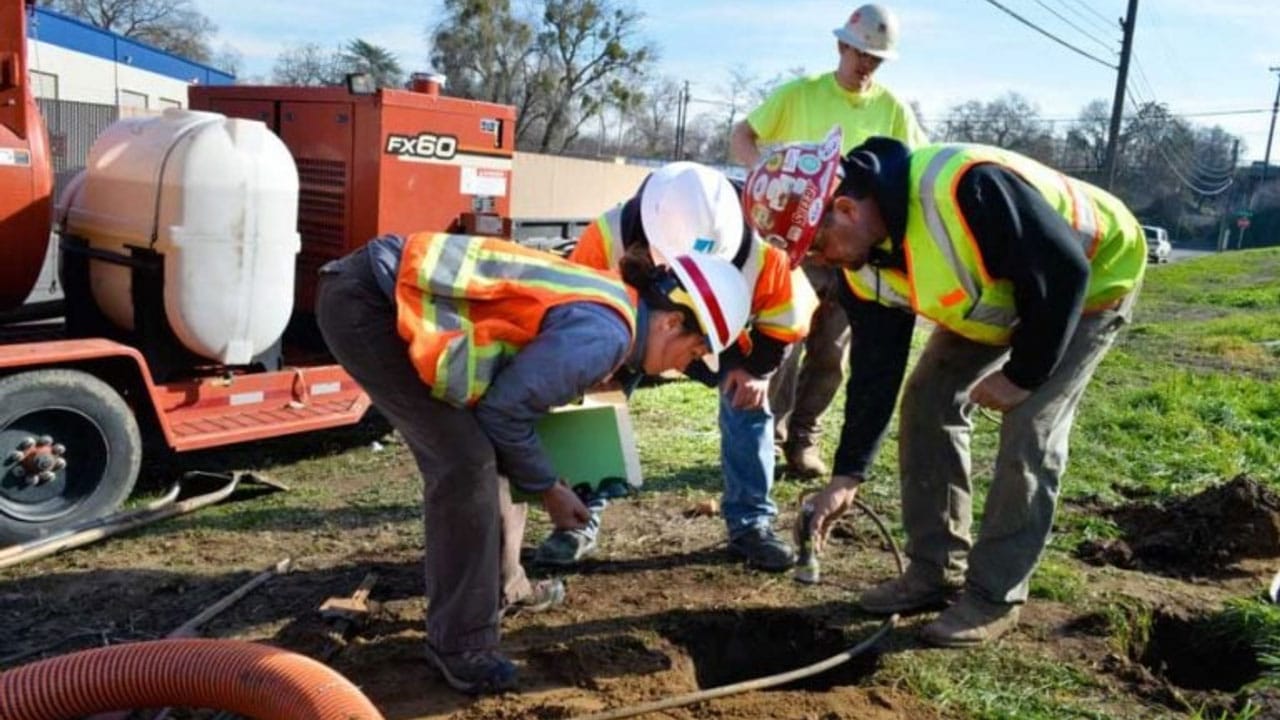Beneath the surface of every construction project lies a complex web of utilities, and understanding how the type of utility influences the locating process is crucial for a seamless and secure excavation journey.
Whether it’s power cables, sewer lines, or water pipes, each utility demands a tailored approach. Learn more about underground utility locating services in California and explore the impact of utility types on equipment selection, safety measures, and regulatory adherence.
Understand the Utility Tapestry
The first step in effective utility locating is recognizing the diverse range of utilities present beneath the surface.
From power and gas lines to sewer and water pipes, each utility requires specialized attention. Utility locators play a pivotal role in deciphering this tapestry, employing advanced techniques to pinpoint the exact location of these vital components.
Equipment Selection: Tailor Tools to Utilities
Different utilities call for different tools. Metallic pipes and power cables, for instance, are efficiently traced using electromagnetic locators, which detect the magnetic fields generated by these materials.
On the other hand, non-metallic utilities, such as plastic pipes, pose a unique challenge. Ground-penetrating radar (GPR) emerges as the hero in such scenarios, using radar pulses to identify variations in subsurface materials and locate non-metallic utilities with precision.
Safety Considerations: Mitigate Risks for All Utilities
Safety is paramount in any construction endeavor, and utility locating is no exception. The type of utility being located significantly influences safety measures.
For gas lines, the risk of leaks underscores the importance of meticulous locating to prevent potentially hazardous situations. Similarly, electric cables demand careful handling to avert electrical hazards during the locating process.
Regulatory Compliance: Navigate the Legal Landscape
Navigating the legal landscape of underground utility locating requires a thorough understanding of regulatory compliance.
Different types of utilities may be subject to varying regulations, and adherence is non-negotiable. Utility companies, construction projects, and private utility locators must align with local, state, and federal guidelines to ensure a seamless and lawful process.
Challenges and Solutions: Overcome Diversity in Utility Locating
The diversity of utilities introduces challenges, but with challenges come opportunities for innovation. Advanced technologies, including GPR services and sophisticated electromagnetic locators, enable utility locators to overcome the hurdles posed by various utility types.
Real-time data collection, 3D mapping, and accurate depth determination contribute to a comprehensive understanding of the underground landscape.
Diverse Soil Conditions: Unravel the Underground Puzzle
As we delve into the complexities of utility locating, it’s essential to address the role of soil conditions in this intricate process. The type of soil can significantly impact the accuracy of locating utilities.
Loose, sandy soils allow for better GPR penetration, offering clearer images of subsurface structures. In contrast, dense, clay-rich soils may pose challenges, scattering radar signals and requiring additional expertise in interpretation.
The Ground Surface Conundrum: Challenges and Solutions
The ground surface isn’t uniform, and variations introduce challenges during utility locating. Concrete structures, asphalt, and even natural materials like rocks can impede signals, affecting the accuracy of the GPR method.
Understanding these challenges is the first step, and advanced GPR scanning services play a crucial role in mitigating issues by providing detailed insights into subsurface anomalies.
Moisture Content Matters: Navigate Below the Water Table
Moisture content in the soil is a critical factor influencing GPR accuracy. High moisture levels can limit signal penetration, leading to less detailed scans.
Identifying these variations in moisture content is paramount, especially when dealing with underground utility lines in areas prone to waterlogging. GPR services, equipped to handle diverse soil conditions, offer a reliable solution for accurate utility mapping.
Utility Lines and Potential Hazards: Ensure Worker Safety
Construction workers face potential hazards when dealing with underground utility locating. Understanding the type of soils and the presence of various utilities is crucial for minimizing risks.
Accurate detection of power cables, gas lines, and other hidden utilities prevents accidents and ensures a safe working environment. Investing in private utility locators equipped with the latest technology is an investment in the safety of both workers and the public.
Subsurface Structures: Decode the Hidden Layers
The accuracy of utility locating services depends on decoding the layers beneath the surface. Subsurface structures, including buried pipes, electrical conduits, and sewer lines, demand a meticulous approach.
GPR services excel in offering a detailed analysis of these subsurface elements, providing valuable information for construction planning, infrastructure visualization, and risk mitigation.
Innovations in Utility Locating: Meeti the Challenges Head-On
Addressing the challenges posed by diverse soil conditions, ground surfaces, moisture content, and potential hazards requires continuous innovation. Ground-penetrating radar, with its wide range and adaptability, emerges as a versatile solution.
Modern GPR systems can penetrate various soil types, deliver high-resolution imaging, and provide accurate depth information, making them indispensable for underground utility mapping
Depth of Penetration: Unravel the Layers Below
The depth of penetration is a critical consideration in utility locating, influencing the effectiveness of GPR in revealing subsurface structures. Different soil types and moisture content impact how deep radar signals can penetrate.
Private utility locators, equipped with advanced GPR systems, assess these factors meticulously, providing a nuanced understanding of subsurface layers and ensuring accurate mapping of utilities.
Empower Your Projects with Precision – Contact Util-Locate Today!
Start your project with precision and reliability. Util-Locate us your trusted partner in comprehensive utility locating services in Southern California.
Whether you’re gearing up for a construction project, planning infrastructure development, or simply need a detailed understanding of subsurface features, Util-Locate brings unparalleled expertise to the table.
Our advanced technologies, including Ground Penetrating Radar (GPR) services and state-of-the-art utility potholing, ensure accurate mapping of utilities, reducing risks and preventing costly surprises.
Don’t let uncertainties below the surface impact your project’s success. Contact Util-Locate today at 866-638-1075 and unlock the full potential of your endeavors. Precision, safety, and efficiency are not just promises; they are the foundations on which Util-Locate builds success.




